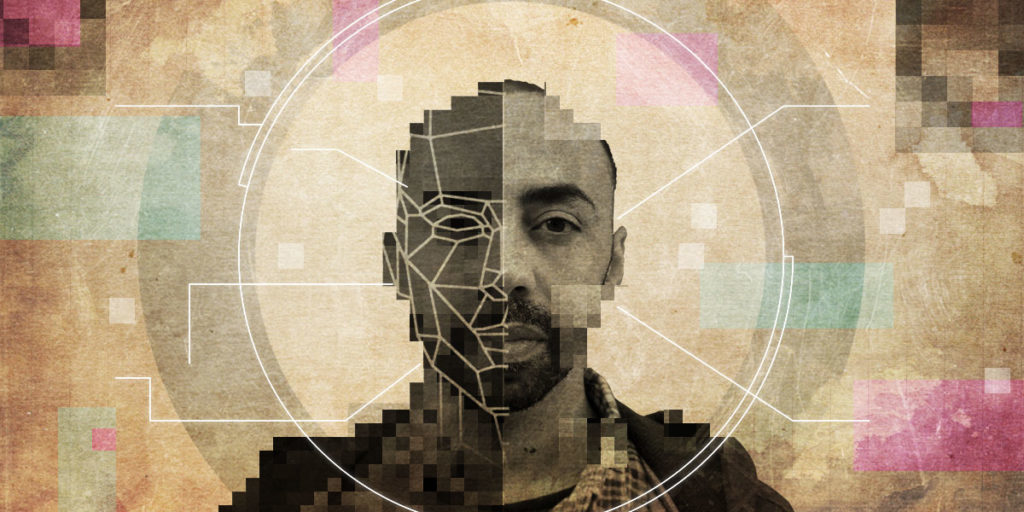 By Beryl Lipton and Matthew Guariglia
By Beryl Lipton and Matthew Guariglia
Federal agents are using face recognition software without training, policies, or oversight, according to the Government Accountability Office (GAO).
The government watchdog issued yet another report this month about the dangerously inadequate and nonexistent rules for how federal agencies use face recognition, underlining what we’ve already known: the government cannot be trusted with this flawed and dangerous technology.
The GAO review covered seven agencies within the Department of Homeland Security (DHS) and Department of Justice (DOJ), which together account for more than 80 percent of all federal officers and a majority of face recognition searches conducted by federal agents.
Across each of the agencies, GAO found that most law enforcement officers using face recognition have no training before being given access to the powerful surveillance tool. No federal laws or regulations mandate specific face recognition training for DHS or DOJ employees, and Homeland Security Investigations (HSI) and Marshals Service were the only agencies reviewed to now require training specific to face recognition. Though each agency has their own general policies on handling personally identifiable information (PII), like facial images used for face recognition, none of the seven agencies included in the GAO review fully complied with them.
Thousands of face recognition searches have been conducted by the federal agents without training or policies. In the period GAO studied, at least 63,000 searches had happened, but this number is a known undercount. A complete count of face recognition use is not possible. The number of federal agents with access to face recognition, the number of searches conducted, and the reasons for the searches does not exist, because some systems used by the Federal Bureau of Investigation (FBI) and Customs and Border Protection (CBP) don’t track these numbers.
Our faces are unique and mostly permanent — people don’t usually just get a new one— and face recognition technology, particularly when used by law enforcement and government, puts into jeopardy many of our important rights. Privacy, free expression, information security, and social justice are all at risk. The technology facilitates covert mass surveillance of the places we frequent and the people we know. It can be used to make judgments about how we feel and behave. Mass adoption of face recognition means being able to track people automatically as they go about their day visiting doctors, lawyers, houses of worship, as well as friends and family. It also means that law enforcement could, for example, fly a drone over a protest against police violence and walk away with a list of everyone in attendance. Either instance would create a chilling effect wherein people would be hesitant to attend protests or visit certain friends or romantic partners knowing there would be a permanent record of it.
GAO has issued multiple reports on federal agencies’ use of face recognition and, in each, they have found that agencies don’t track system access or reliably train their agents. The office has repeatedly outlined recommendations for how federal agencies should develop guidance for face recognition use that takes into account the civil rights and privacy issues created by the technology. GAO’s latest report makes clear that law enforcement agencies continue to fail to heed these warnings.
Face recognition is intended to facilitate tracking and indexing individuals for future and real-time reference, a system that can be easily abused. Even if it were 100% accurate — and it isn’t — face recognition would still be too invasive and threatening to our civil rights and civil liberties to use. The federal government should immediately put guardrails around who can use it for what and cease its use of this technology altogether.
Source: EFF
Beryl Lipton, Investigative Researcher, focuses her work on government transparency, law enforcement surveillance technology, and other uses of technology by government actors. She has extensive experience using Freedom of Information laws and large-scale public records campaigns in her research.
Matthew Guariglia is a policy analyst working on issues of surveillance and policing at the local, state, and federal level. He received a PhD in history at the University of Connecticut where his research focused on the intersection of race, immigration, U.S. imperialism, and policing in New York City. He is the co-editor of The Essential Kerner Commission Report (Liveright, 2021) and his book Police in the Empire City is forthcoming from Duke University Press and his bylines have appeared in NBC News, the Washington Post, Slate, Motherboard, and the Freedom of Information-centered outlet Muckrock. Matthew is an affiliated scholar at University of California, San Francisco School of Law and serves as an editor of “Disciplining the City,” a series on the history of urban policing and incarceration at the Urban History Association’s blog The Metropole.
Become a Patron!
Or support us at SubscribeStar
Donate cryptocurrency HERE
Subscribe to Activist Post for truth, peace, and freedom news. Follow us on SoMee, Telegram, HIVE, Flote, Minds, MeWe, Twitter, Gab, and What Really Happened.
Provide, Protect and Profit from what’s coming! Get a free issue of Counter Markets today.

Be the first to comment on "GAO Report Shows the Government Uses Face Recognition with No Accountability, Transparency, or Training"